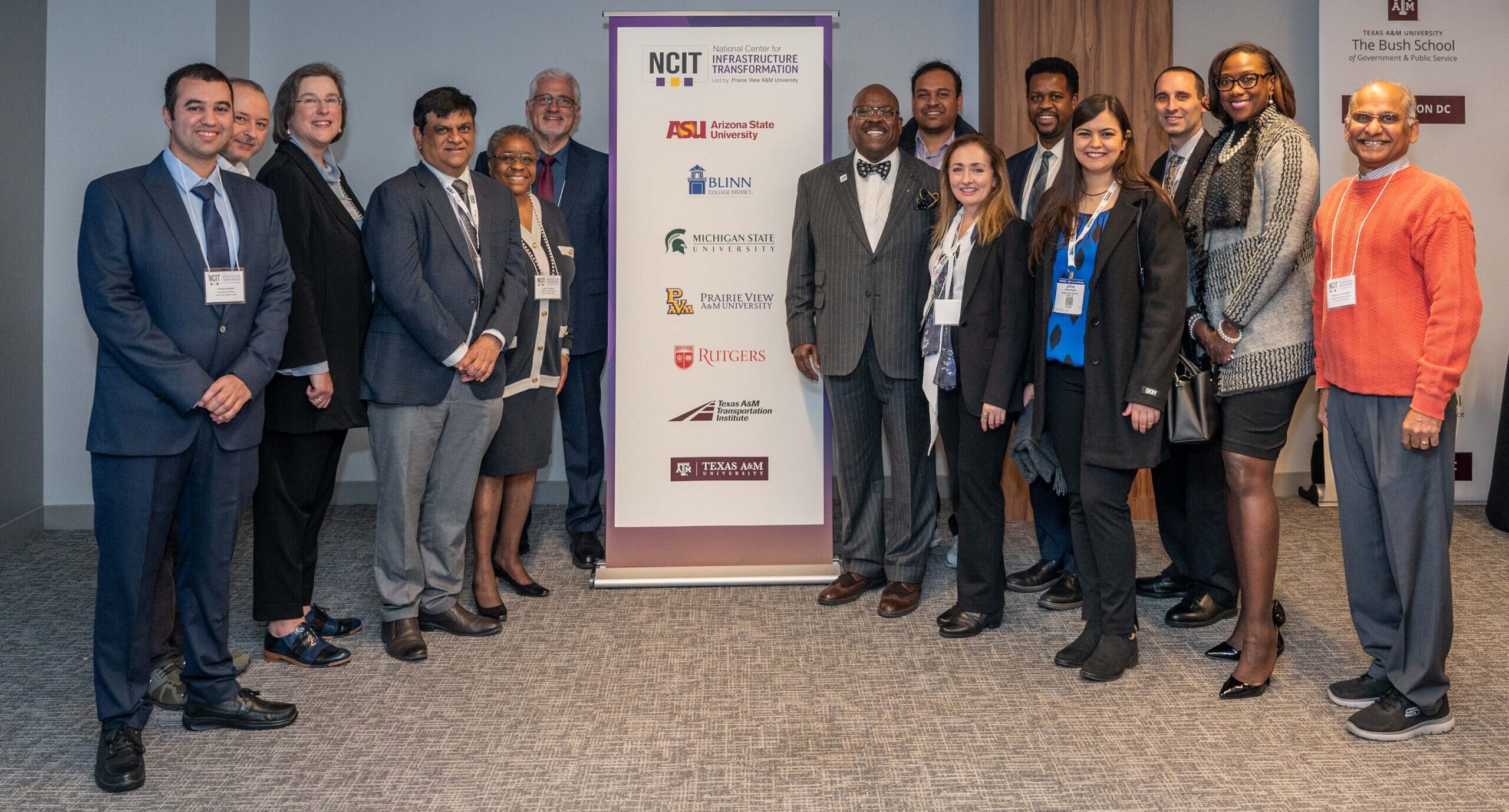
Texas A&M Experts Contribute to Critical Bridge Infrastructure Advancements
TEES
Engineering researchers offer a glimpse at the many research projects underway to improve bridge infrastructure.Read more

Dr. Stefan Hurlebaus interviewed regarding bridge structure and safety studies conducted in CIR’s high bay lab
KBTX News
“We do a lot of bridge testing and this bridge testing also leads to recommendations to change in bridge design specifications. We want to make sure that our research reduces injuries saves lives and also increases the reliability and safety of bridges and saves resources."Read more

Celebrating Excellence: Multiple CIR Affiliated Texas A&M Engineering Faculty Honored at Annual Awards Banquet
Center for Infrastructure Renewal
The Texas A&M University College of Engineering Faculty Awards Banquet, held on April 2, 2024, was a momentous occasion, and many distinguished faculty members affiliated with the Center for Infrastructure Renewal (CIR) were honored with prestigious awards.Read more

How One Texas Bridge Stayed Ice-Free During Arctic Blast
Texas A&M University Engineering
When a geothermally heated bridge system developed by Texas researchers was put to the test during a winter freeze in Fort Worth, the bridge showed no evidence of snow or ice accumulation.Read more

Exploring Innovative Bridge Connection Details for ABC in the CIR High Bay
Center for Infrastructure Renewal
The Structural and Materials Testing Lab, more commonly known as the High Bay, at the Center for Infrastructural Renewal (CIR) is a state-of-the-art facility that serves as a hub for practical engineering research and experimentation.Read more

Infrastructure Transformation & Transportation Resilience: TEES & TTI partnering with UTCs at CIR
Center for Infrastructure Renewal
Last year, USDOT announced the recipients of grant awards for National, Regional and Tier 1 UTCs. Among the awardees, TEES & TTI were selected to either lead or partner with eight UTCs, to include the NCIT and SPTC. Read more



